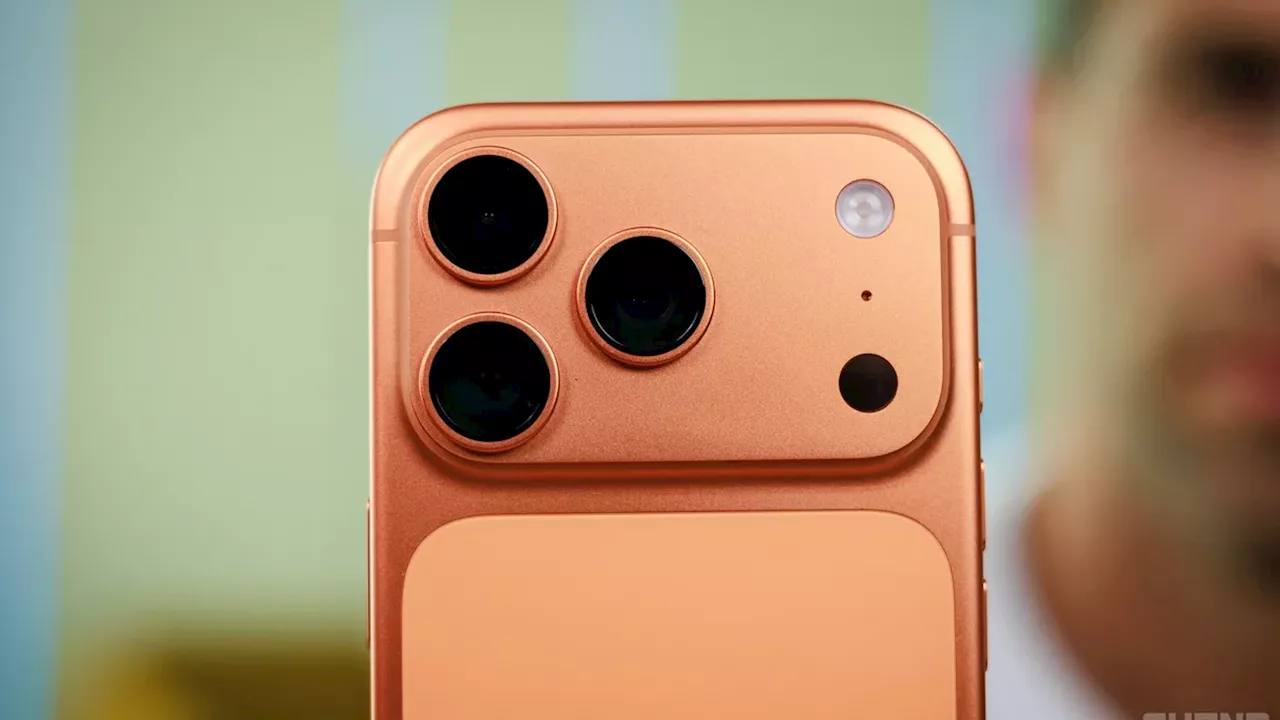UPDATE: New insights reveal that iPhone’s Live Photos feature is transforming how memories are captured and shared, leaving competitors in the dust. Victor, a seasoned mobile technology expert with over a decade at PhoneArena, emphasizes that iPhones uniquely make moments feel alive, a quality that Android devices struggle to replicate.
Just days ago, Victor stumbled upon a cherished Live Photo from a trip a month prior, capturing a playful moment with his girlfriend. That instant of nostalgia highlighted how iPhones evoke memories in a way that other smartphones simply cannot. He stated, “No other phone camera makes memories feel alive like the iPhone does.”
The crux of this revelation lies in Apple’s attention to detail. When users take multiple photos in quick succession, the iPhone seamlessly merges these into a single video, enhancing the storytelling experience. This subtle innovation is often overlooked, but it showcases Apple’s commitment to user experience over mere technical specifications.
While the latest Android flagships boast impressive hardware—massive sensors and multiple lenses—they often fall short in usability. Victor argues that these devices, such as those from Vivo, are bulky and cumbersome, making them less practical for everyday use. “It feels like they can fall out of your hand any moment,” he remarked, contrasting the iPhone’s ergonomic design that caters to real-world usage.
As smartphone manufacturers increasingly focus on specs, Apple remains dedicated to crafting an engaging photography experience. Victor points out that while companies like Samsung prioritize technical prowess, they overlook the essential “feel” of a camera, which is crucial for capturing genuine moments.
The iPhone’s 24MP photo capability, introduced a couple of years ago, further solidifies its place in the market. In contrast, many Android devices, including the Galaxy series, still default to 12MP photos. The integrated editing tools on iPhones are fast and user-friendly, enabling effortless photo enhancement that Android’s more complex systems often fail to achieve.
Despite its strengths, the iPhone is not without its shortcomings. Victor acknowledges that features like Magic Erase on Samsung phones outperform Apple’s Clean Up tool. Additionally, some Android brands utilize telephoto cameras for stunning macro shots, whereas iPhones rely on ultra-wide lenses for similar effects.
Ultimately, Victor concludes that the iPhone excels as a “memory machine,” offering an unparalleled experience in capturing the essence of life. With its focus on ease of use and emotional storytelling, the iPhone stands apart in a crowded smartphone market, providing users with a unique way to relive their most treasured moments.
As discussions about smartphone technology continue to evolve, keep an eye on how brands adapt to these insights. Will Android manufacturers shift their focus back to enhancing user experience, or will they remain entrenched in a spec-driven battle? The future of mobile photography hangs in the balance.







